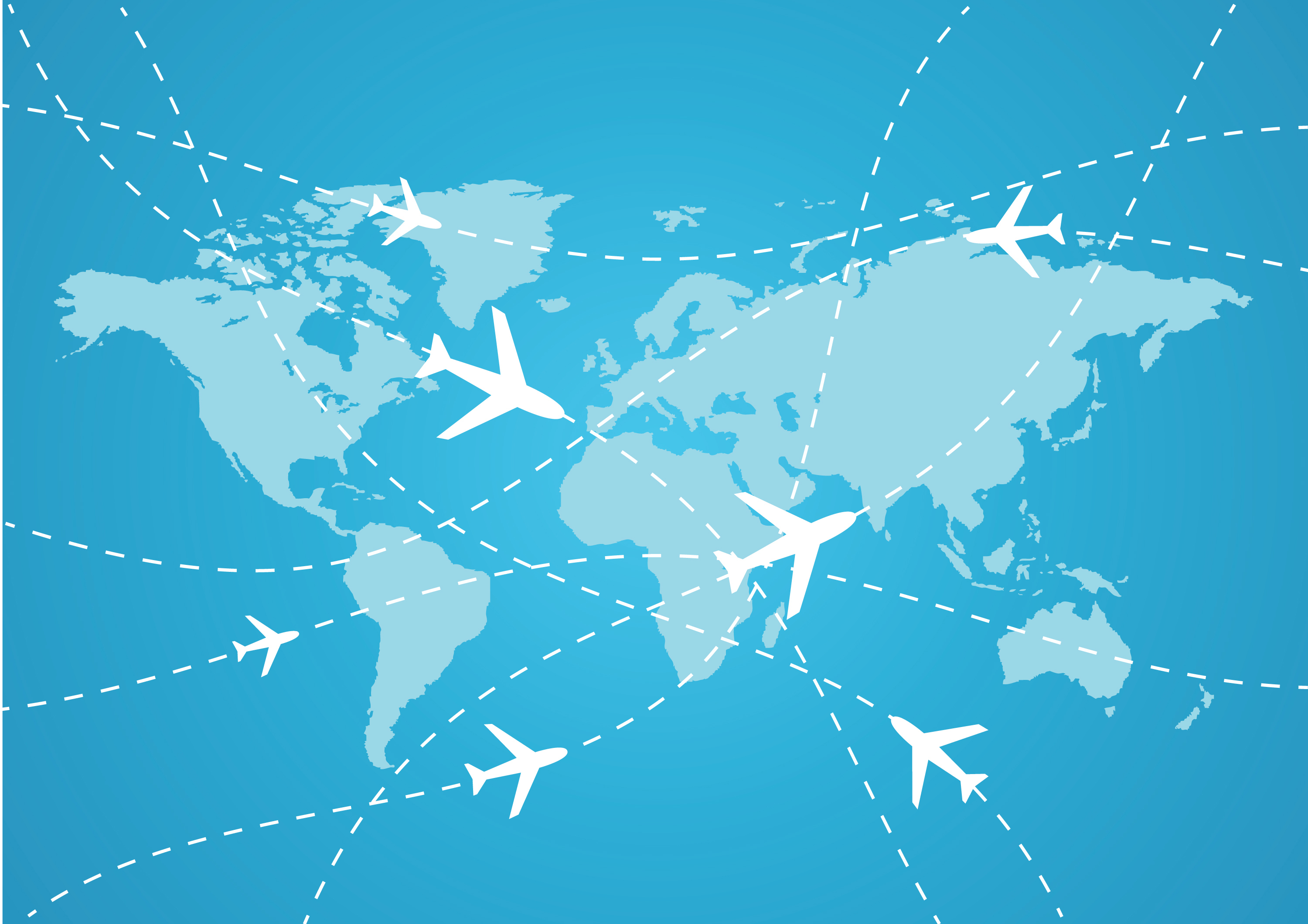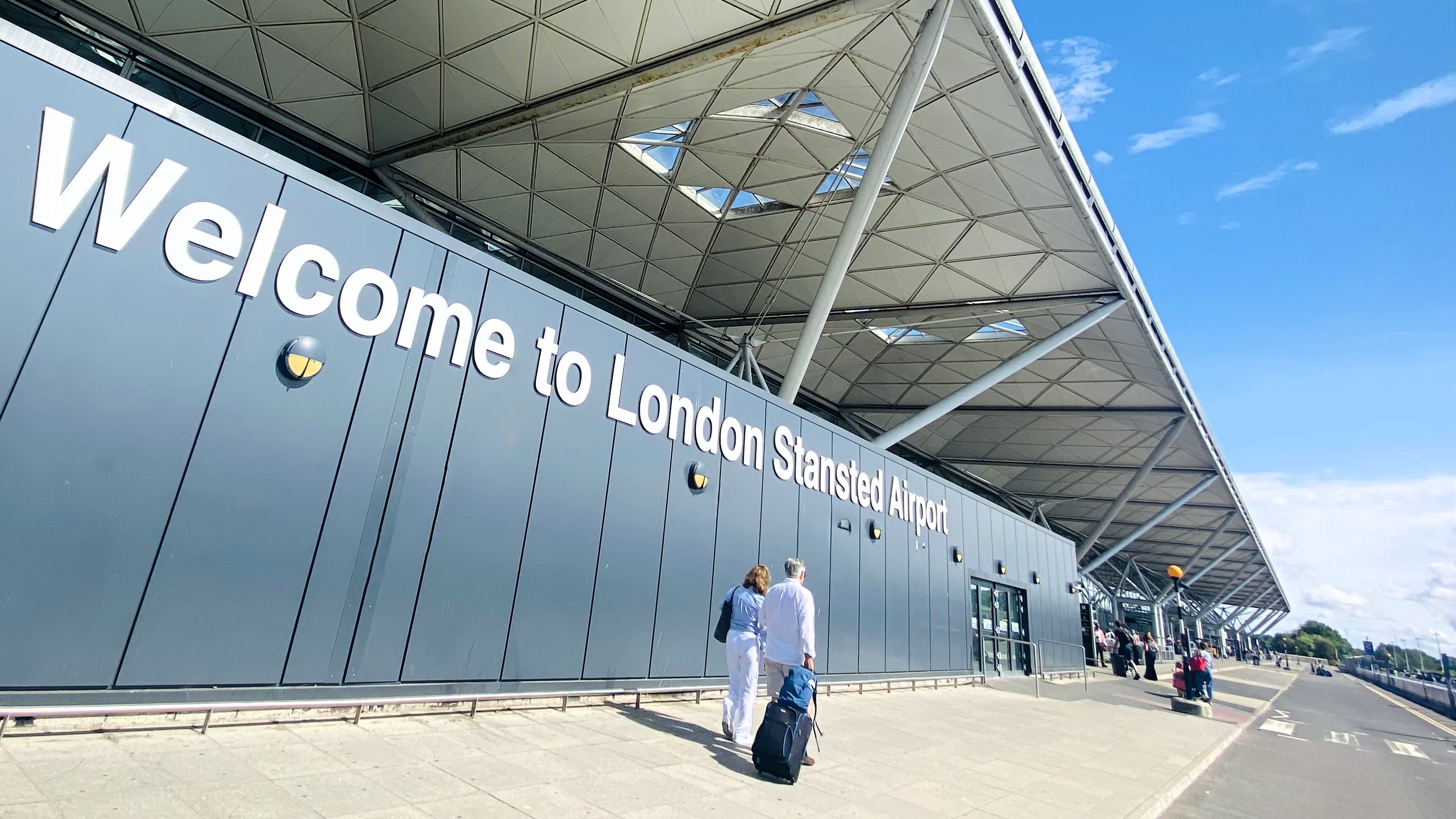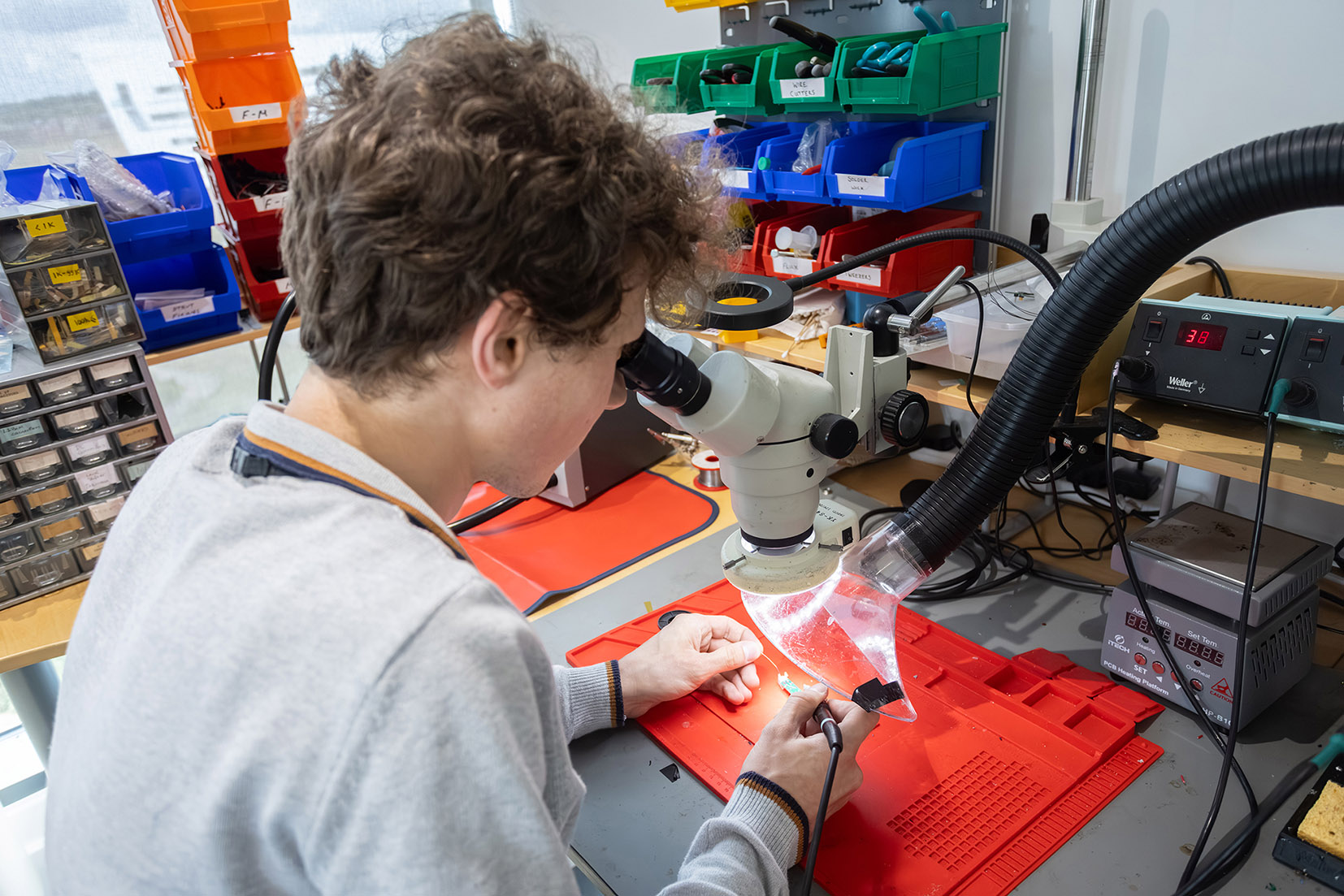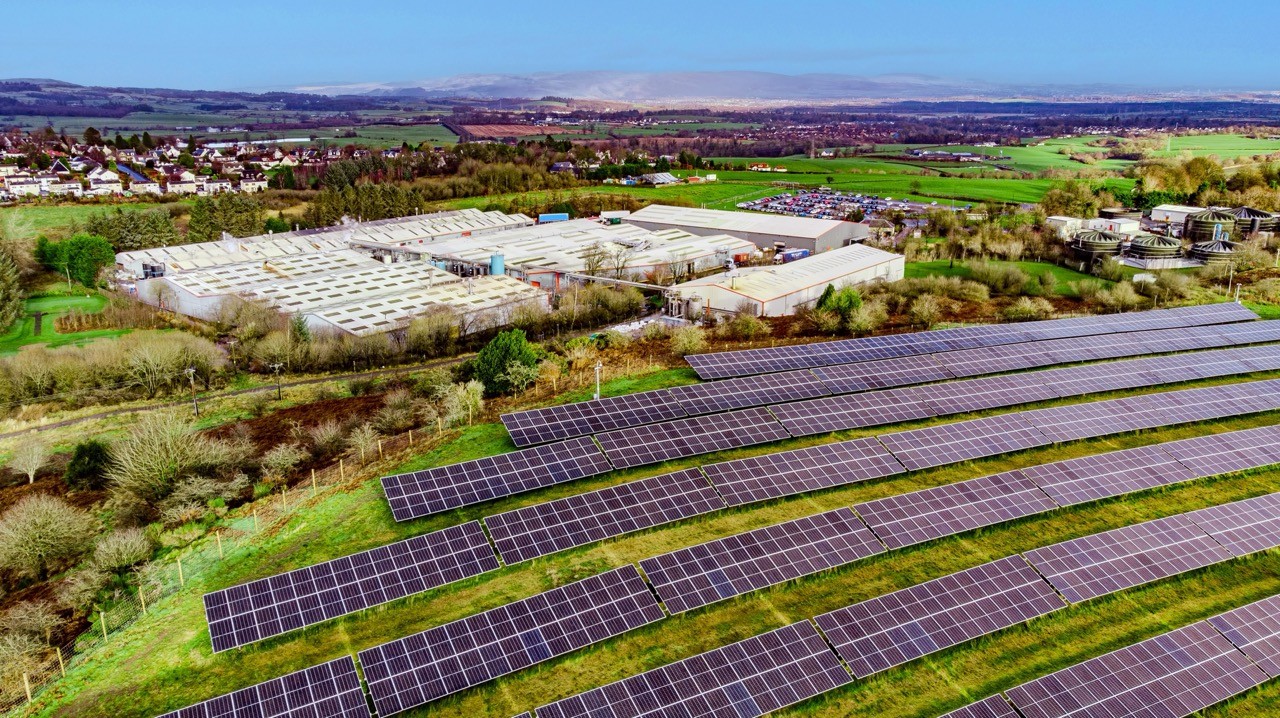IBA predicts aviation recovery in 2022

Image copyright Shutterstock
In its 2022 Market Update webinar, IBA’s expert team outlined the improving outlook for the aviation trading environment, but cautioned that threats such as global inflation rates and fuel prices still have potential to drive uncertainty.
Demand drivers such as GDP growth and rising employment levels post pandemic are generally favourable and will help to bolster passenger demand throughout 2022, helped by a forecast decline in travel restrictions which is set to benefit VFR (visiting friends and relatives) and long-duration holiday travel the most. IBA warned that inflation and taxation could negatively impact consumer spending and, coupled with sharply increased fuel prices, could drive some further airline failures.
For 2022, IBA forecasts that US and European low-cost carrier capacity will grow past pre-pandemic levels due to buoyant demand from domestic and intra-EU markets with relatively light travel restrictions. IBA also expects demand for transatlantic flights to recover to 2019 levels – a positive development for the three major European network carriers, including IAG whose transatlantic capacity is set to reach 100% of pre-pandemic levels by summer 2022.
A number of US carriers are also expected to reach or approach pre-pandemic levels, with Delta Air Lines’ capacity predicted to reach 90% and United Airlines to climb to 105% in 2022, with Spirit Airlines already at 110% in the last quarter of 2021.
Airlines most exposed to the Asia Pacific region will recover slower than the industry average, according to data from IBA’s InsightIQ platform. Qantas Group’s capacity is expected to reach 45% of 2019 levels in 2022, while Singapore Airlines was at 43% in December 2021, and Middle East hub carriers will also feel this impact given their passengers flows to and from the region.
IBA outlined the variance in different airline business models’ resilience to increasing oil prices, forecasting that long-haul low-cost airlines, business class only airlines and regional carriers are most at risk. Long-haul low-cost airlines rely primarily on stimulating market through low prices yet have a cost base not materially lower than network airlines, business class airlines were a casualty of peak oil prices in 2008, and regional carriers often face competition from other modes of transport.
Less risk is faced by major network airlines, whose strong regional market shares give them more pricing power, and low-cost airlines, who have a broad passenger mix including business, leisure and VFR.
The aviation industry’s Net Zero target is expected to increase costs across the world. Sustainable Aviation Fuel (SAF), which makes up 65% of IATA’s net zero plan, costs 3-4 times more than JetA1. With fuel accounting for around 20% of average of airlines’ costs, and most carriers aiming for an 10% SAF mix by 2030, IBA forecasts a significant rise in airline and lessor costs.
In 2020 and 2021, there were 63 airline failures or restructurings, causing the temporary or permanent grounding of 1924 aircraft. IBA outlined how airlines have taken on significant debt to survive the pandemic, with stretched balance sheets bringing them under further pressure to return to profitability. With North America the only region forecast to have a profitable 2022, IBA predicts further failures. It forecasts that 20 airlines covering 200 aircraft will fail in 2022, bringing the three-year total to 83 carriers and 2124 affected aircraft.
IBA forecasts an increase in leasing activity in 2022, with a modest recovery of sale leasebacks. Intelligence from IBA’s InsightIQ suggests lease starts are set to increase by over 20% from around 1,300 events in 2021 to 1,600 this year. Sale leasebacks are set to partially bounce back from their 2021 lows, rising from around 350 last year to a forecast of 550 in 2022.
ABS activity is forecast by IBA to remain flat at around 280 transactions in 2022, a slight uptick from 250 in 2021, while EETC is set to restart back to long-term trends in 2022 following no activity in 2021. Aircraft sales with and without leases are both set to fall significantly from 2021 highs, purely due to the impact of AerCap’s acquisition of GECAS.
Throughout 2021, IBA saw values and lease rate performance vary dramatically across different aircraft types. InsightIQ intelligent showed new generation aircraft values have strengthened across models and vintages, with the Boeing 737-MAX showing a strong rebound from its grounding in 2020. The 2021 value of a new Airbus A321neo increased by 2% from the start of 2021, and the Boeing B737 MAX 8 by over 5%. The Boeing 737-800 recovered in value, outperforming the A320ceo due to lower availability and stronger values in off-lease deals.
Widebody values all softened due to weaker long-haul markets in 2021, with new generation types such as the A350-900 and Boeing 787-9 both falling in value, but still being more easily placed on lease than older types. By comparison, 10-year-old Boeing 777-300ER values fell by 25.6% and the same age A330-300 by 33.2%, with considerable market oversupply despite an increase in lease placements.
For 2022, IBA forecasts new generation narrowbody values will firm, with escalation indices and inflation likely to impact new generation and new deliveries. Widebody demand will remain suppressed, with values stabilising at lower levels for out-of-production types. Regional jet value recovery is set to continue into 2022, with turboprop values and lease rates expected to strengthen as supply tightens.












